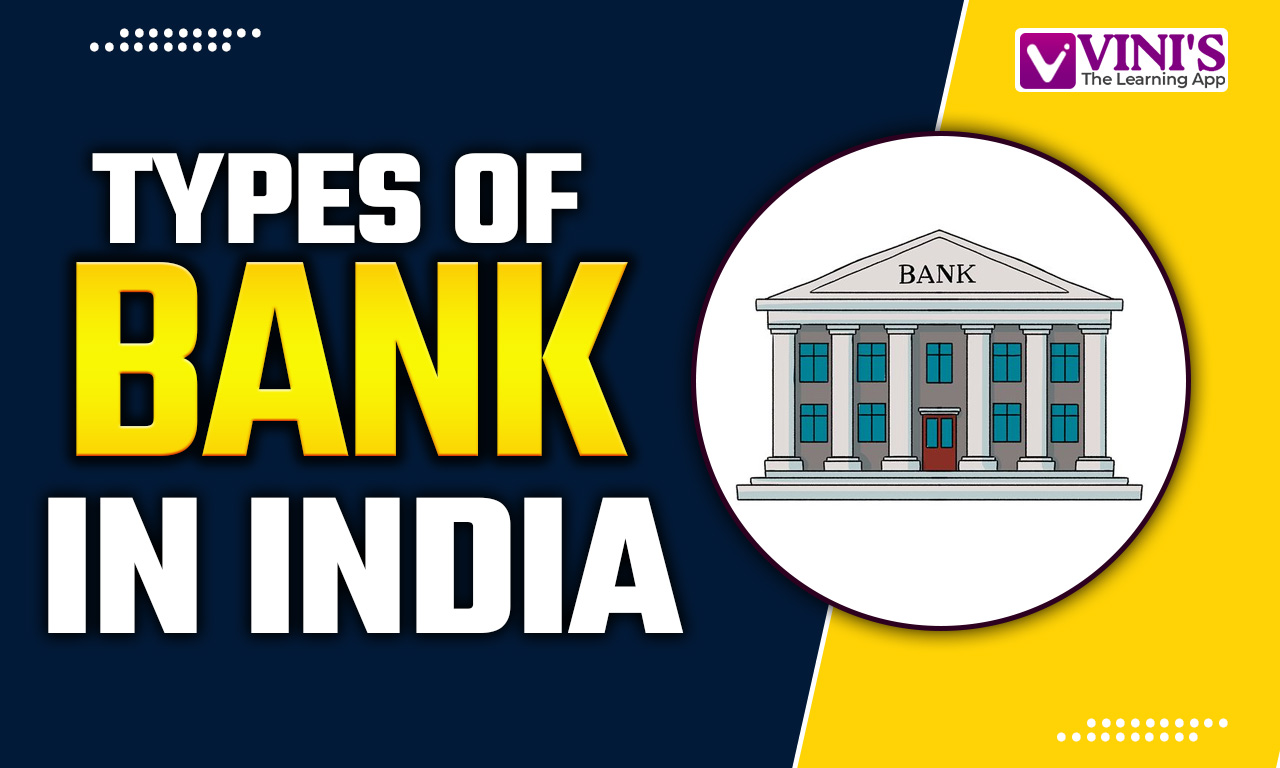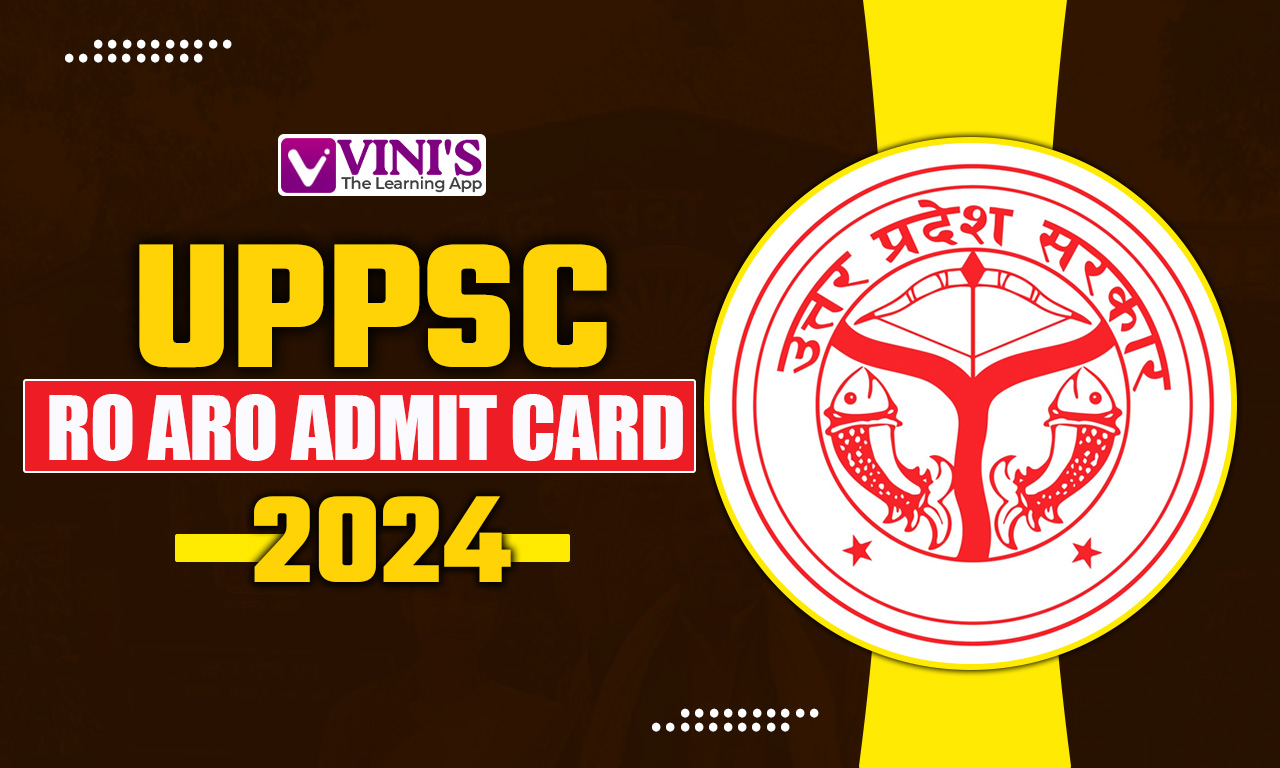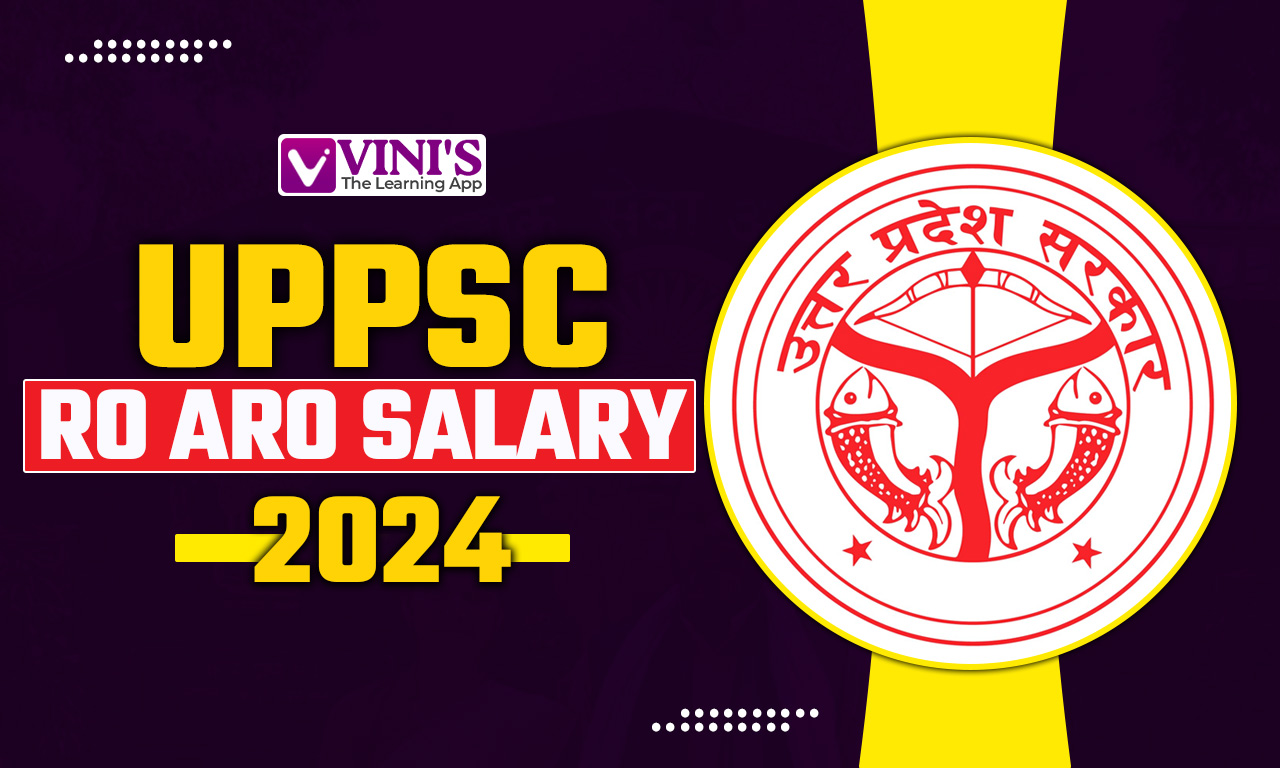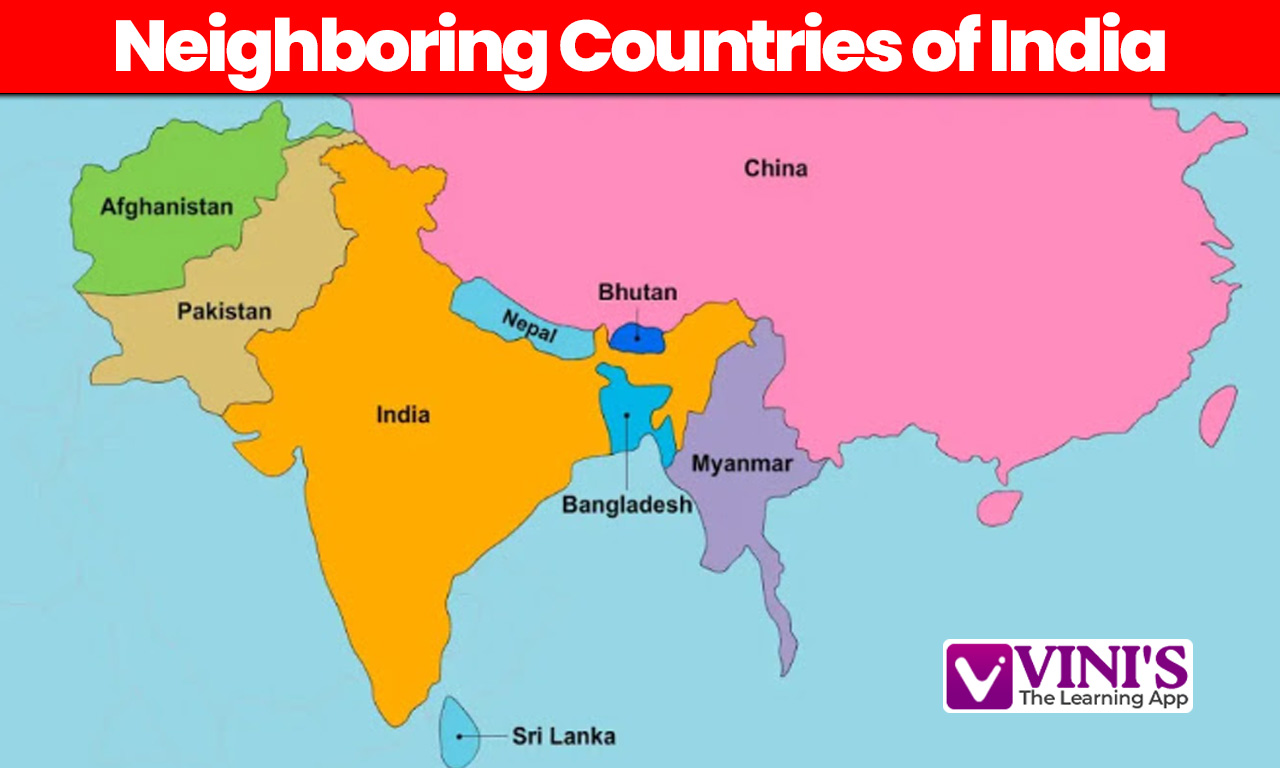Bank in India:- Banks are vital financial institutions that significantly contribute to the functioning of the Indian economy, authorized to accept deposits and extend loans. The diverse types of bank in India highlight the country’s status as a mixed economy. These banks in India promote economic growth, ensure financial stability, and support both established and emerging businesses. The Reserve Bank of India (RBI), as the central bank, oversees and regulates the entire banking system in India. Check out the updated list of Bank in India in the below article.
Table of Contents
ToggleTypes of Bank in India
Bank in India can be divided into different categories, making it easier to understand their functions. The main types of banks include commercial banks, cooperative banks, and regional rural banks.
- Commercial Banks: These are the most common banks and are further divided into public sector banks, private sector banks, and foreign banks. They offer various services like savings accounts, loans, and investments. Public sector banks are owned by the government, while private sector banks are operated by private companies. Foreign banks are branches of international banks operating in India.
- Cooperative Banks: Owned by their members, these banks are further classified into urban and rural cooperative banks. They provide financial services, especially in rural areas, offering savings accounts and loans.
Also, read about the Coal Mines in India.
- Regional Rural Banks (RRBs): These banks were set up to serve rural areas and are supported by the government and other commercial banks. RRBs aim to promote financial inclusion and aid rural development.
- Central Bank: The Reserve Bank of India (RBI) is India’s central bank, overseeing the entire banking system, managing the country’s monetary policy, and controlling foreign exchange reserves.
- Scheduled and Non-Scheduled Banks: Scheduled banks are regulated by the RBI and are listed under the Second Schedule of the Reserve Bank of India Act, 1934. Non-scheduled banks operate on a smaller scale and are not under the same regulations.
- Local Area Banks (LABs): These banks were established to provide banking services to underserved regions, promoting financial inclusion at the local level.
- Payment Banks: Introduced in 2015, these banks offer basic banking services like savings accounts and money transfers but cannot offer loans or credit cards. They are aimed at boosting financial inclusion and cashless transactions.
- Small Finance Banks (SFBs): Also launched in 2015, these banks provide services to small businesses and farmers. They can offer a wide range of banking services like savings accounts and loans.
- Specialized Banks: These banks focus on specific sectors, such as agriculture or industry. Notable examples include NABARD and IDBI.
Functions of Bank in India
While the primary functions of banks are similar across different types, the specific groups they serve may vary. Here are the key functions of bank in India:
- Accepting deposits from the public
- Offering withdrawal facilities on demand
- Providing loans and credit
- Facilitating fund transfers
- Issuing drafts and other payment instruments
- Offering locker facilities for safe storage
- Handling foreign exchange transactions
Bank in India: Important Facts
- Central Bank: The Reserve Bank of India (RBI) is the central bank, responsible for regulating the banking system and managing the country’s monetary policy.
- Types of Banks: Indian banks are categorized into several types, including commercial banks, cooperative banks, regional rural banks, small finance banks, and payment banks.
- Public Sector Banks: These banks are owned and operated by the government and constitute a significant portion of the Indian banking sector. Examples include State Bank of India (SBI) and Punjab National Bank (PNB).
- Private Sector Banks: Owned by private entities, they have gained prominence in recent years. Notable examples include HDFC Bank and ICICI Bank.
- Foreign Banks: Banks like Citibank and HSBC operate in India as branches of foreign banks, providing a range of services, especially in corporate and investment banking.
- Regional Rural Banks (RRBs): Established to serve rural areas, RRBs aim to enhance financial inclusion by providing banking services in underserved regions.
- Cooperative Banks: These banks are governed by their members, typically offering services to agriculture and rural sectors. They are divided into urban and rural cooperative banks.
- Specialized Banks: Institutions like NABARD focus on specific sectors like agriculture and rural development.
- Financial Inclusion: Payment banks and small finance banks, introduced in recent years, aim to increase financial inclusion by offering basic banking services to underserved populations.
- Digital Banking: With advancements in technology, Indian banks have increasingly adopted digital banking services, offering online transactions, mobile banking, and digital payment options.













